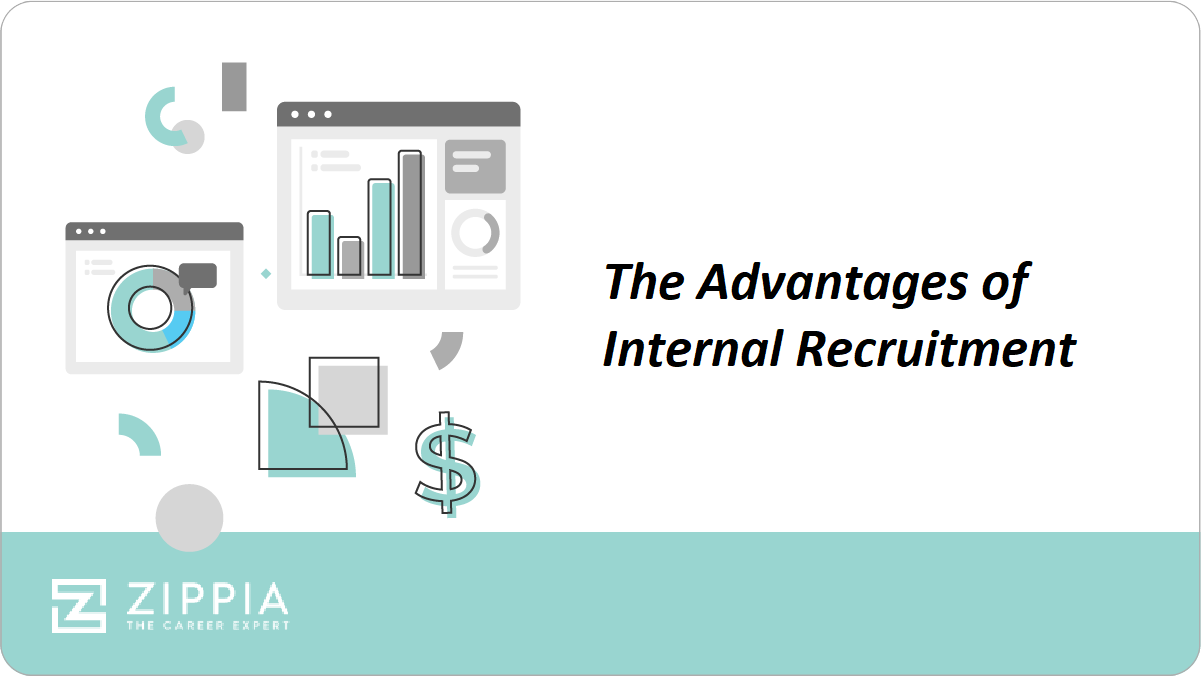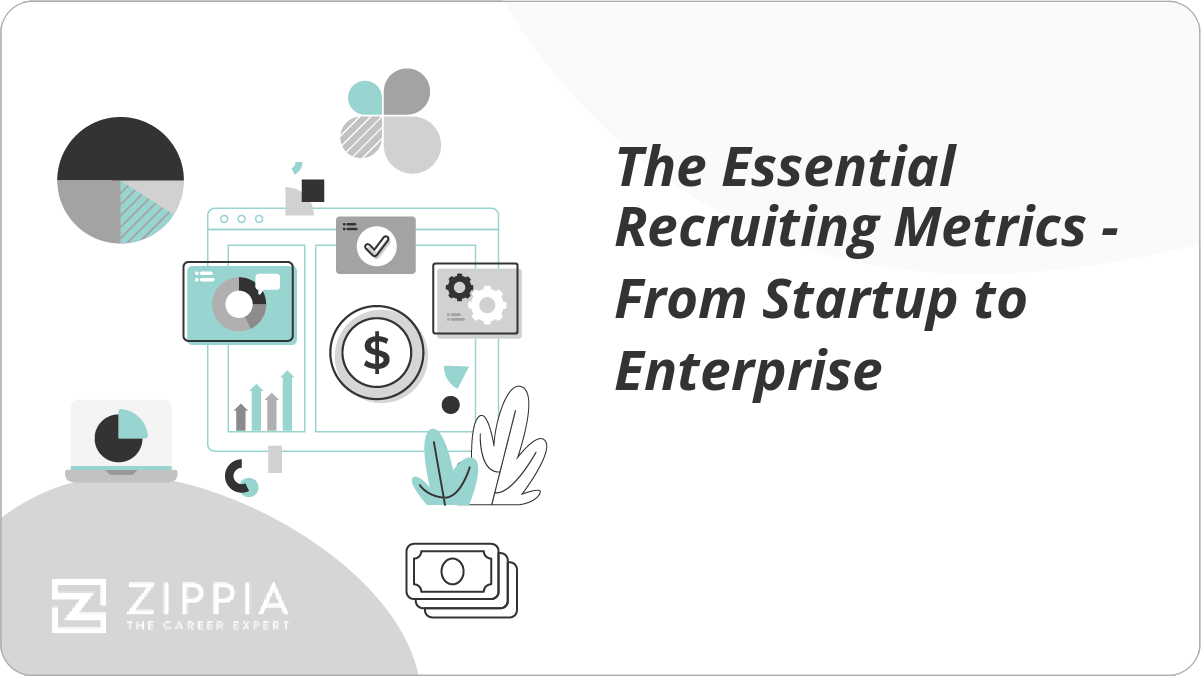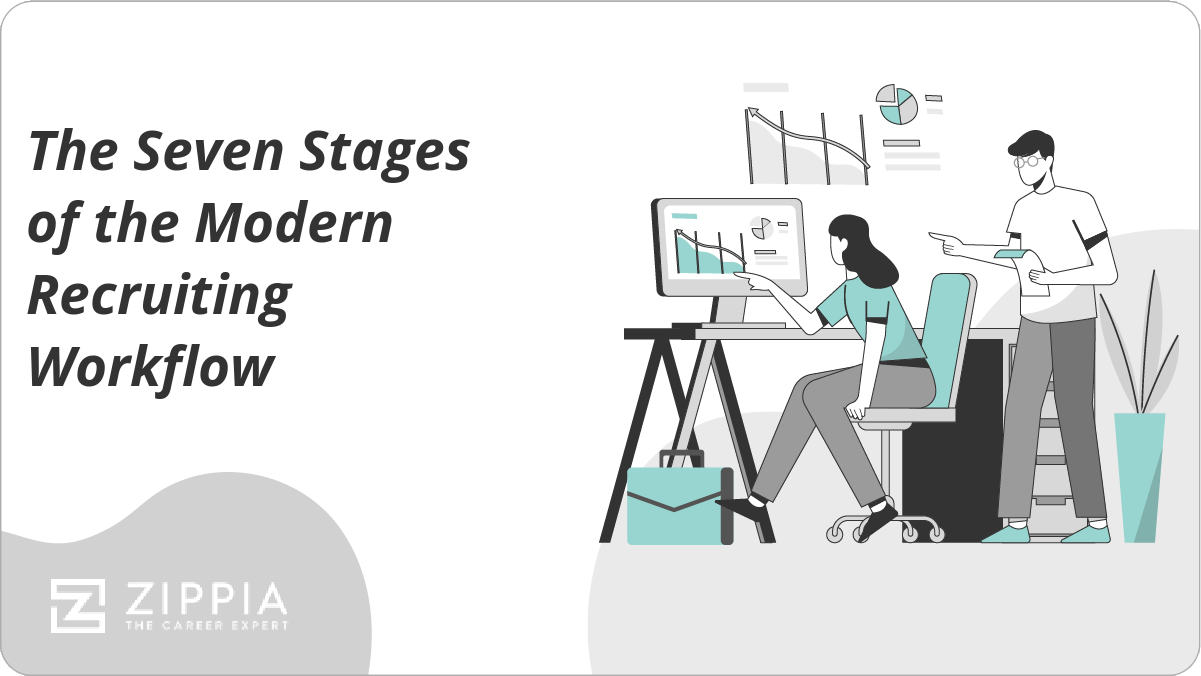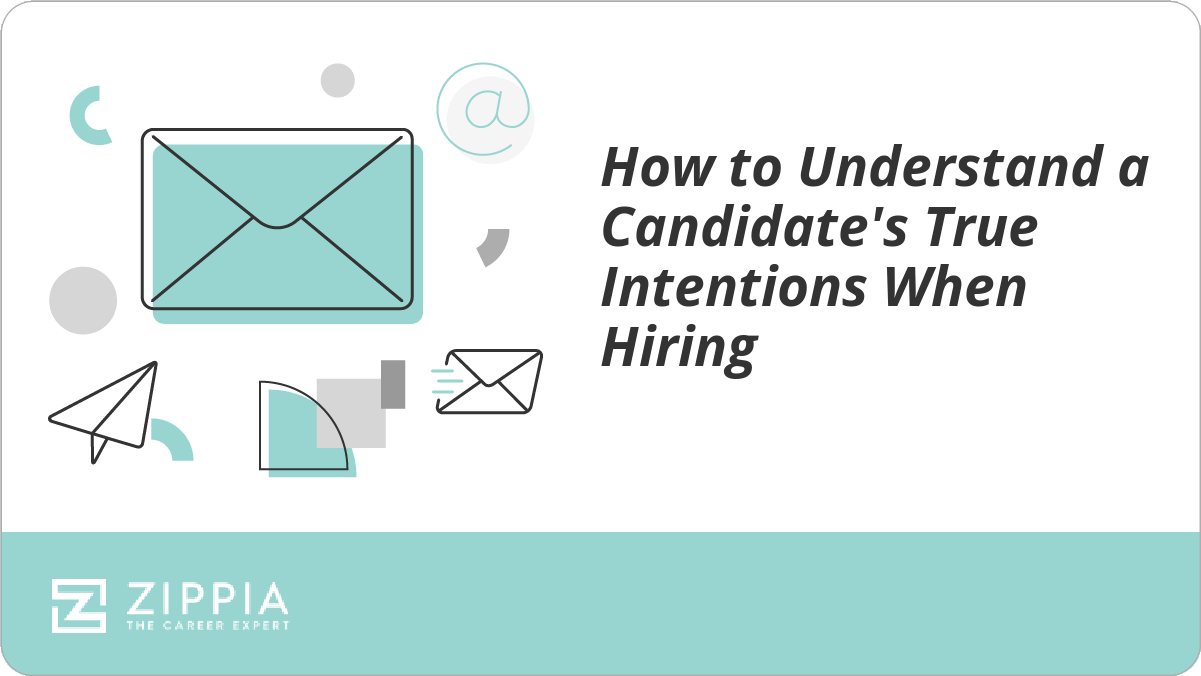When new position open up in your company, you’re going to need to hire someone for that position. The question becomes do you hire internally or externally?
Hiring internally or externally depends on factors such as the skills needed to fill the position and your needs for the new position. If you have internal candidates that can fill your new positions, that’s great.
Before hiring them, it’s important to know that you are making the right decision. To help you figure that you we have provided the advantages and disadvantages of internal recruitment.
Key Takeaways:
-
Internal recruitment means recruiting and hiring for new positions using your current pool of employees.
-
Hiring from within saves the company time and money from hiring a new candidate for a position.
-
If you interview internal and external candidates for a position, current employees may feel resentment towards hiring managers if they choose to go with the external candidate.
-
Internal recruitment can be from promotions, role changes, or transfers.

What Is Internal Recruitment?
Internal recruitment means recruiting and hiring for new positions using your current employees instead of hiring someone new. These employees might come a different department or a different job title. Often times internal hires are from lateral moves to improve a department or from a promotion.
When a company decided to do internal recruitment, they will list the available jobs for internal applicants only instead of opening it up for anyone. If they are unsatisfied with the number of applications or they have not found the right candidate internally, they may choose to open it up to external candidates.
Advantages Of Internal Recruitment
-
Saves time and money. Advertising on job boards or in the press, pre-screening candidates and conducting interviews are all activities with a price tag attached to them. And for an organization with a high staff turnover, this can be a very costly business indeed. It also consumes valuable HR time and resources which could be better spent focusing on improving morale and productivity among existing staff.
If at first you decide to look internally, the position really only needs to be posted on a noticeboard or on a company intranet site and only a handful of suitable candidates need to be interviewed. There’s no need for extra reference checks, personality profile testing or extensive interviews since these would have been carried out when the staff members initially joined the organization.
An internal recruit is also less likely to demand a huge pay rise, which is another cost saving. A modest increase is often enough, when combined with the prestige of being promoted to a new position with new responsibilities.
-
Reduces training time. An internal recruit would need no orientation and far less training, as they are already familiar with the company processes, goals, vision and ‘way of doing things’. They may even be familiar with and have performed some of the tasks in their previous role.
-
Improves productivity. Organizations with a policy of promoting from within tend to have more highly motivated staff. If a person feels they will be rewarded for dedication and hard work, they are far more likely to take ownership of their position and give it their best efforts.
Internal recruits are also more likely to have previous knowledge of company policies and procedures. This means they will pick up the requirements of the new job more easily than someone brought in from the outside and thus will be more productive from the outset.
-
Improves morale. Rewarding talent and promoting from within engenders a culture of loyalty and stability. Staff absenteeism and retention rates are also likely to be better, which provides a greater return on the time and resources invested in each employee.
Staff are more likely to stay with the organization if they are encouraged to improve their skills through further training and can see that there is a definite career path for them. People are always looking to better themselves, so if you offer them the opportunity to do so within the organization, they are less likely to look elsewhere and you avoid a costly ‘brain drain’ on your manpower resources.
-
Facilitates succession planning. As well as filling existing positions, internal opportunities can also be created for employees who demonstrate potential. By grooming talented employees to move into higher positions as they become available, the organization can benefit from the skills and talent in its workforce.
Succession planning aims to ensure that the right people are in the right position at the right time to achieve the organization’s business goals.
-
You already know the candidate. A resume and interviewing can only say so much about a person. There’s always a chance of them lying or exaggerating their skills and qualifications on their resume.
Hiring from within means you already know the candidate and what their skills are. You also won’t have to worry about an internal candidate fitting in with the company culture and getting alone with other workers because they already get along with them.
-
Internal candidates are more loyal. Hiring from within the company means that you know the person is already committed to the company. If a new hire doesn’t end up liking the company they will end up being unhappy, which can have a negative effect on the rest of the workers. This could result in them finding a new job without a second thought about the company.
-
They already know the company. Internal hires have the advantages of knowing the company already. There’s no need to over any company policies, dress codes, and the expectations for their work. There’s no need to worry about internal hires breaking the rules or needing to babysit them as much as a new hire would.
Disadvantages of Internal Recruitment
There’s plenty of advantages of internally recruiting for new positions, but there are some disadvantages as well.
-
A gap in the workforce. Hiring internally means there is now a gap in the workforce, meaning you still need to hire someone externally. This could result in doing more work and take more time to find the right candidate for the other position.
-
Resentment. If the company decides to hire externally for a position that was open to internal employees, there could be resentment for those who were not chosen for the position. This could create tension in the workplace creating an unpleasant environment for everyone.
-
Comfort levels. Employees may become too comfortable if the open positions are only going to internal hires. This means there is not any outside competition increasing performance. This could also be seen in a lower level of productivity if the internal hire turned manager is not enforcing their previous coworkers to stay on top of their work.
-
More stagnancy. Without new employees coming in with new ideas, things tend to always stay the same. Having new ideas thrown around is a great way to update the way things are done to become more efficient which will increase profit.
-
Limit your pool of applicants. Only recruiting internally can limit the amount of applicants to choose from. If the applicants don’t meet the qualifications needed for the position, you will have to open up the applications for external candidates.
Questions to Ask When Considering Internal Recruitment
Here are some questions to help you decide if internal recruitment is the best decision for your company:
-
What is our budget for recruiting?
-
Do we have the candidate network or is our data tapped from prior hires?
-
Do we have a hiring plan with projections and what does the recruitment plan inform?
-
Do we have the recruitment tools to do this?
-
What sort of external recruiting resources might fit our stage of growth?
Types of Internal Recruitment
-
Internal promotions. Promoting workers is one of the main ways that company’s recruit internally. With promotions, there’s usually a new salary range with few responsibility changes. This could be an assistant manager being promoted to manager.
-
Transfers. Transferring is common when a company has multiple locations. Transfers are typically the result of a change in business needs or a an employees needs are changed. This is helpful when an employee wants to stay with a company but is moving to a new area.
-
Reorganization. Company’s change all the time from expanding or merging with another company. Internal recruitment helps in this because there is no need to train new employees when things are changing constantly.
-
Role changes. Internal recruiting doesn’t always mean someone is receiving a promotion. This could mean an employee is in a new department doing similar tasks as their previous role, but helping in a new area. This could helpful when an employee shows the ability or interests in a role that is outside of their existing role.
-
Temporary to permanent. This is similar to promoting an employee. Temporary workers are great when you need some extra work around the office. If the position becomes a permanent position for the company, hiring that worker to fill it will be beneficial over hiring an outside candidate.
Final Thoughts
Internal recruitment is only successful if all employees have equal access to information about available positions and are all given the opportunity to apply. If a strict internal recruitment procedure is not adhered to, there may be resentment between employees and perceptions of favoritism.
Of course there are those who might argue that internal recruitment creates a resistance to change amongst employees and perpetuates old ways of doing things. This is not in the interests of an organization that needs to be able to respond rapidly to a changing business environment.
Promoting from within has definite advantages, but to avoid this possibility of becoming ‘stale’ though lack of new blood, an organization should ideally hire both internally and externally, depending on the kind of position and whether there are sufficient internal candidates to fill it.
Every new position filled leaves an old position vacant, so an organization will be required to hire externally anyway from time to time. This creates the opportunity to introduce new people into entry-level positions, injecting new ideas and attitudes into the organizational gene pool.
- Recruitment Strategies
- Talent Acquisition
- Recruiting Methods
- Social Media Recruitment Strategy
- Making a Recruitment Video
- Sourcing Talent
- Social Media Recruitment Strategy
- Talent Attraction Strategies
- Recruitment and Selection Policy
- Recruitment Goals and Objectives
- Linkedin Recruitment Tips
- Career Fair Checklist
- How To Add Value As An In-house Recruiter
- Linkedin Recruiting Secrets
- The Myth Of Guaranteed Placement
- How To Source Multi-generational Talent
- The Recipe For Great Recruitment
- Why Sourcing Isn't Recruiting
- How To Build A Talent Pipeline On Linkedin
- The Modern Recruiting Workflow
- How To Wite Cold Emails To Passive Candidates
- Essential Recruiting Metrics
- How To Recruit Talent At A Conference
- Cold Recruiting Emails To Candidates
- How To Maintain An Active Talent Pool
- How To Write LinkedIn Messages To Candidates
- Recruiting Metrics That Matter
- How Blind Hiring Can Contribute Workplace Diversity
- Why Internal Recruitment Is The Best Place To Start
- Recruiting Alternatives Linkedin
- How To Create A Recruitment Plan





